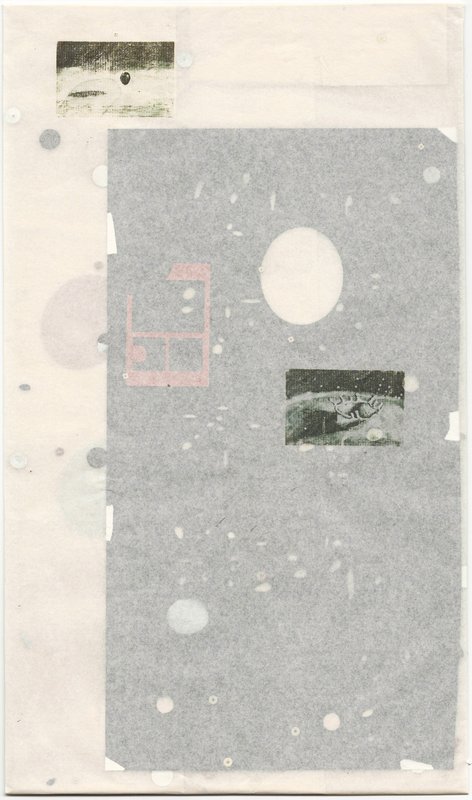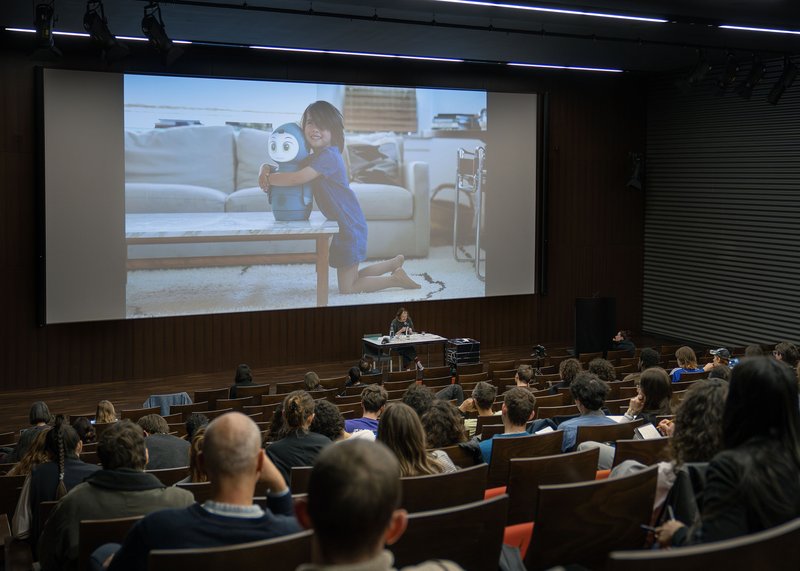
PRODUCT DESIGN
U.F.O.G.O. Wind Turbines
with
Camille Blin,
Anniina Koivu,
Anthony Guex,
Marvin Merkel,
Arthur Seguin
In 2023, the significant role of renewable energies in tackling the environmental crisis is blatant. In this context, wind power has once again been presented as a promising avenue for regions seeking to transition to renewable energy. However, concerns about their visual intrusion on surrounding environments pose a significant obstacle to their deployment.
From a design perspective, this aesthetical factor is not insurmountable. On the contrary, it highlights the need for greater consideration of how we shape these technologies and integrate them into the environment and our lives. This project, completed by 16 MA Product Design Students of ECAL, has set out to explore how wind turbines can fit into natural landscapes and cultures not only sensitively, but beautifully – if we focus on their design.
To complete the project effectively, a case study location was required. Fogo Island (Newfoundland, Canada), described locally as "this rock in the battering Northern Sea," was chosen due to its natural beauty, abundant wind, and tight-knit community of approximately 2,500 inhabitants. The island's climate and geography make it ideal for wind turbines. Additionally, Fogo Island is home to Shorefast, a non-profit organization dedicated to building a sustainable, renewable economy for the island.
In October 2022, the students and tutors of ECAL visited and immersed themselves in Fogo Island. The project resulted in eight speculative yet practical wind turbine designs, considerately informed by various perspectives. U.F.O.G.O. is a sustainability project grounded in reality, but not limited by what already is.
Collaboration Partners:
Shorefast
HEIG-VD/School of Management and Engineering Vaud (Marc Pellerin, Philippe Morey and Marco Viviani)
Media Partner:
Disegno
Funding:
Summer University Programme of the Board of Higher Education (DGES) State of Vaud
HES-SO Recherche Transdisciplinaire en Durabilite (under the project title 'INTEGRATED WIND TURBINES’)

















































